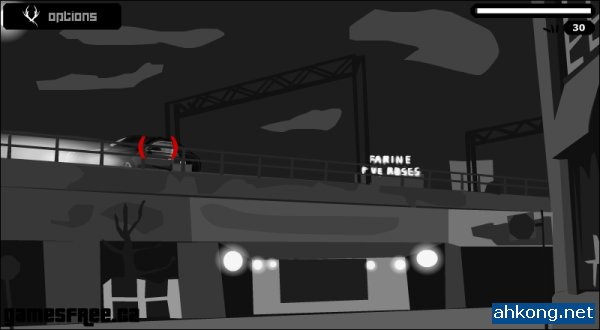

Keeping in mind the specifics of each purpose, it is obvious that spatial data used for maps preparation and production must be differently visualized even for the same type of emergency incident (traffic accident, fire, and natural disaster). In this new article we just mention the methods and the background to describe how we intend to define the components and integrate them into the GI.Ĭartographic communication and support within emergency management (EM) are complicated issues with changing demands according to the incident extent and phase of the EM cycle.

By putting together the former paper and this new work we try to present a comprehensive description of the whole process, from pinpointing the basic problem to describing and assessing the solution. In this new position paper, we extend such work by delineating clearly the methodology and the foundations on which we will base to define the main components of this research: the spatial model, the temporal model, the semantic layers, and the semantic engines. The roots of the project and its definition have been previously presented in Siabato & Manso-Callejo 2011. Besides these layers, we also propose a set of models (temporal and spatial) and two semantic engines that make the most of the enriched geographic data. To achieve this goal, we intend to establish and incorporate three new layers (structures) into the core of the Geographic Information by using mark-up languages as well as defining a set of methods and tools for enriching the system to make it able to retrieve and exploit such layers (semantic-temporal, geosemantic, and incremental spatio-temporal). The overall objective of this research project is to enrich geographic data with temporal and semantic components in order to significantly improve spatio-temporal analysis of geographic phenomena.


 0 kommentar(er)
0 kommentar(er)
